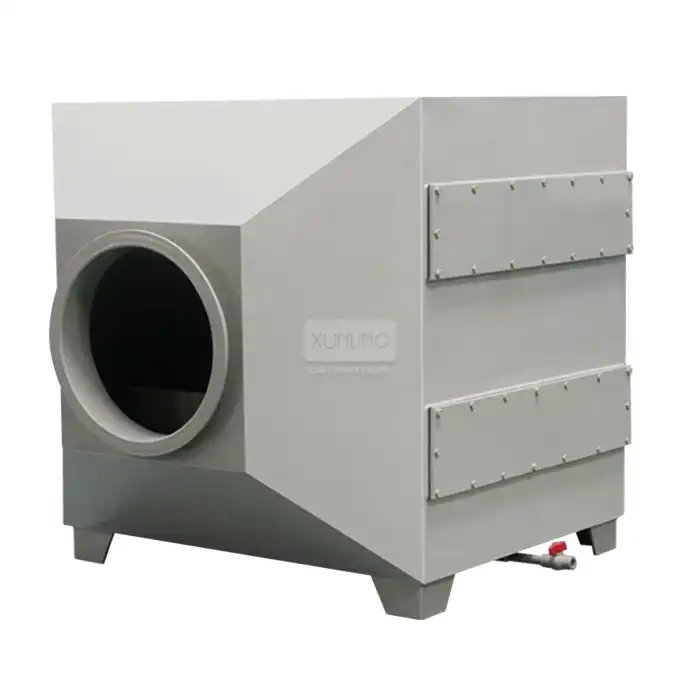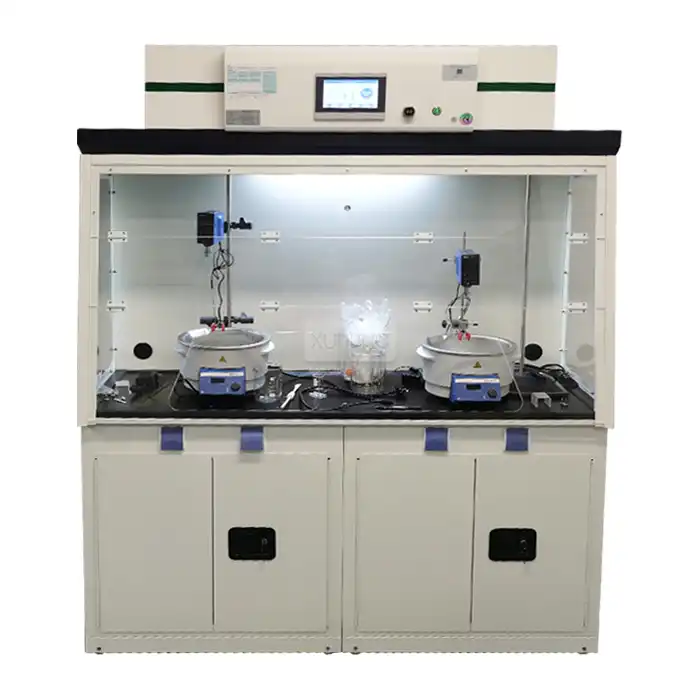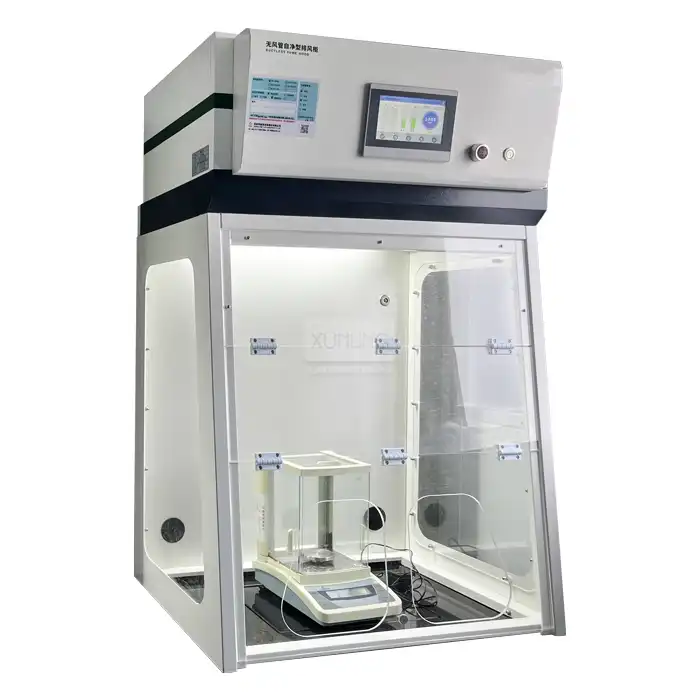
What Are the Limitations of Portable Ductless Fume Hoods?
2025-05-14 17:46:26
Portable Ductless Fume Hoods have revolutionized laboratory safety by offering flexible, installation-free solutions for chemical vapor containment. While these systems provide significant advantages in terms of mobility and convenience, understanding their limitations is crucial for laboratory managers and safety officers. Portable Fume Hood Ductless systems, despite their advanced filtration technology and compact design, come with inherent constraints that must be considered when evaluating their suitability for specific laboratory applications. This comprehensive analysis explores the key limitations of portable ductless fume hoods to help laboratory professionals make informed decisions about their safety equipment needs.
Filtration Capacity and Chemical Compatibility Challenges
Despite the impressive 99.997% filtration efficiency of modern portable fume hood ductless units, these systems face several limitations related to their filtration capabilities and chemical compatibility that laboratory professionals should understand.
Limited Chemical Range Handling
Portable ductless fume hoods excel at filtering many common laboratory chemicals, but they are not universally effective for all substances. The filtration systems in portable fume hood ductless units are designed to handle specific categories of chemicals such as acid fumes, alkali fumes, organic solvent vapors, ammonia, formaldehyde, and various particulates. However, they may struggle with highly reactive compounds, extremely toxic substances, or chemicals that can quickly saturate or damage filter media. For instance, while Xi'an Xunling's portable fume hood ductless models effectively filter most common laboratory vapors with an impressive 99.997% efficiency rate, laboratories working with certain specialized chemicals may need to evaluate whether the specific filtration system is appropriate for their needs. This limitation requires careful assessment of the chemicals being used and potential implementation of alternative safety measures for incompatible substances, such as traditional ducted systems or specialized containment solutions.
Filter Saturation and Replacement Requirements
One significant limitation of portable fume hood ductless systems is filter capacity and lifespan. Unlike ducted systems that continuously exhaust air outside, ductless hoods rely entirely on their filters to purify air. As these filters capture contaminants, they gradually become saturated, reducing their efficiency and eventually requiring replacement. This creates both operational and financial considerations for laboratories. The high-efficiency filters in portable fume hood ductless units, while capturing 99.997% of particles as small as 0.3μm, have finite capacity determined by usage patterns, types of chemicals handled, and frequency of use. Heavy usage with particularly challenging chemicals can accelerate filter saturation. This necessitates regular monitoring of filter status—a feature included in Xi'an Xunling's LCD control panels—and implementation of a proactive replacement schedule to maintain safety standards. The recurring cost of filter replacements should be factored into the total cost of ownership when considering portable ductless systems.
Monitoring System Limitations
Modern portable fume hood ductless systems often feature sophisticated monitoring capabilities, as seen in Xi'an Xunling's models that track temperature, humidity, air quality, and filter status. However, these monitoring systems have inherent limitations. They may not detect all potential chemical breakthrough events, particularly for chemicals without distinctive odors or those that pass through filters in concentrations below sensor detection thresholds but still above health-relevant exposure limits. Furthermore, monitoring systems require regular calibration and maintenance to ensure accuracy. Laboratory personnel may need supplementary monitoring measures, especially when working with particularly hazardous materials. The reliance on electronic monitoring also introduces potential failure points—if monitoring systems malfunction, users might not receive proper notification of decreasing filtration efficiency or impending filter breakthrough. This limitation underscores the importance of implementing comprehensive safety protocols beyond the built-in monitoring capabilities of portable fume hood ductless units.
Airflow and Containment Constraints
While portable ductless fume hoods offer significant flexibility, they face several airflow and containment challenges that can impact their performance and suitability for certain laboratory applications.
Face Velocity and Airflow Volume Limitations
Portable fume hood ductless systems typically operate within specific face velocity parameters—Xi'an Xunling's models maintain 0.3-0.7m/s—to ensure proper containment of hazardous vapors. However, this represents a narrower operating range compared to many traditional ducted systems. The airflow capacity, ranging from 230-690 m³/h in Xi'an Xunling's portable fume hood ductless models, may be insufficient for high-volume applications or situations requiring rapid air exchanges. This limitation becomes particularly significant when handling larger quantities of volatile chemicals or during processes that generate substantial vapor volumes. The compact design that makes these units portable inherently constrains their internal airflow dynamics, potentially creating dead zones or turbulence patterns that differ from larger, engineered ducted systems. Laboratory managers must carefully evaluate whether the airflow specifications of portable ductless units align with their specific procedural requirements, especially for applications involving heat generation or rapid chemical reactions that could produce sudden vapor surges that exceed the fume hood's containment capabilities.
Physical Size and Working Area Constraints
The portable nature of ductless fume hoods necessarily limits their physical dimensions and working area. While their compact design is advantageous for space-saving in crowded laboratories, it constrains the size and scope of experiments or procedures that can be conducted within them. Complex apparatus setups, large-scale reactions, or procedures requiring substantial equipment may not fit comfortably within the working chamber of portable fume hood ductless units. This size limitation can impact workflow efficiency and may necessitate modification of standard protocols to accommodate the smaller workspace. Additionally, the reduced internal volume affects containment dynamics, potentially resulting in higher concentrations of contaminants within the working area before they reach the filtration system. Laboratory planners must carefully evaluate the dimensional requirements of their procedures against the available working space in portable ductless systems to ensure compatibility and maintain safety standards without compromising experimental integrity or operational efficiency.
Environmental Sensitivity and Performance Variability
Portable fume hood ductless systems can exhibit performance sensitivity to environmental conditions that affect their containment efficiency. Factors such as room air currents, nearby foot traffic, HVAC system operation, and even the positioning of the unit can disrupt the designed airflow patterns critical for proper containment. While Xi'an Xunling's portable ductless fume hoods incorporate advanced features like temperature and humidity monitoring through their LCD control panels, these environmental variables can still impact performance. The face velocity (0.3-0.7m/s) maintained by these systems can be compromised by external air movements, potentially allowing contaminant escape. Furthermore, performance may vary based on the specific installation location, with units placed near doors, windows, or high-traffic areas facing greater challenges in maintaining consistent containment. This environmental sensitivity requires careful placement planning and potential implementation of additional controls like air current shields or designated low-traffic zones around portable fume hood ductless units to ensure optimal performance across varying laboratory conditions.
Regulatory Compliance and Safety Limitations
Despite meeting various certification standards, portable ductless fume hoods face several regulatory and safety limitations that laboratories must navigate carefully.
Certification and Compliance Variability
While Xi'an Xunling's portable fume hood ductless systems have obtained important certifications including ISO 9001:2015, CE Marking, NFPA 99:2018, and EN 14175, regulatory acceptance of these units varies significantly across jurisdictions and applications. Some regulatory bodies or institutional safety departments may restrict the use of ductless systems for certain chemical classes or procedures, regardless of manufacturer specifications. This creates a complex compliance landscape that laboratory managers must navigate. Portable ductless units may satisfy general safety standards but fail to meet specific requirements for particular research protocols or chemical handling procedures. The certification framework for ductless systems continues to evolve, potentially creating situations where previously compliant equipment no longer satisfies updated regulations. Additionally, certification testing typically occurs under ideal conditions that may not reflect real-world usage scenarios. This limitation requires laboratory safety officers to conduct thorough compliance assessments specific to their jurisdiction, institutional policies, and intended applications rather than relying solely on manufacturer-provided certification information.
Emergency Response and Power Dependency
Unlike passive ducted systems that can maintain some level of containment during power outages through thermal stack effect, portable fume hood ductless units depend entirely on electricity for fan operation and monitoring systems. This creates significant vulnerability during power failures, potentially exposing laboratory personnel to hazardous vapors if procedures are underway when power is lost. While Xi'an Xunling's portable fume hood ductless models feature comprehensive monitoring of temperature, humidity, air quality, and filter status, these safety features become non-functional during power interruptions. This limitation necessitates development of specific emergency protocols for power loss scenarios, potentially including immediate evacuation procedures, backup power systems, or administrative controls that prohibit certain operations during unstable power conditions. The power dependency also extends to the electronic monitoring systems that alert users to filtration problems or breakthrough events, creating potential for undetected hazardous conditions if electronic components fail independently of power supply issues.
Training and Procedural Requirements
The effective use of portable fume hood ductless systems demands comprehensive training and strict adherence to operational procedures—requirements that constitute practical limitations for many laboratories. Unlike ducted systems where improper use may be partially mitigated by continuous exhaust, mistakes in ductless hood operation can have immediate safety consequences. Laboratory personnel must receive specialized training on the specific operational parameters of portable fume hood ductless units, including understanding filter compatibility with various chemicals, recognizing signs of filter breakthrough, interpreting monitoring data from the LCD control panels, and implementing correct maintenance procedures. The training must emphasize unique aspects of ductless operation that differ from traditional fume hoods, such as the importance of keeping the sash at proper height to maintain the designed face velocity (0.3-0.7m/s). This training requirement represents an ongoing commitment as staff turnover occurs and as procedures evolve. Additionally, laboratories must develop and enforce specific standard operating procedures for ductless hood use, potentially limiting the operational flexibility that makes these units attractive in the first place.
Conclusion
While portable ductless fume hoods offer remarkable flexibility and efficiency for many laboratory applications, understanding their limitations is essential for making informed safety decisions. Their constraints in filtration capacity, airflow dynamics, and regulatory compliance must be carefully weighed against their advantages in mobility and installation simplicity. By recognizing these limitations, laboratory managers can develop appropriate protocols to maximize safety while leveraging the unique benefits of portable fume hood ductless technology.
Looking for a reliable portable ductless fume hood solution that addresses these limitations? Xi'an Xunling Electronic Technology Co., Ltd. offers high-quality laboratory equipment with 5-day delivery, 5-year warranty, and comprehensive after-sales support. Our team of experts is ready to help you select the right solution for your specific laboratory needs. Contact Us today at xalabfurniture@163.com to discover how our cost-effective, durable, and user-friendly products can enhance safety in your laboratory environment.
References
1. Johnson, M.R. & Thompson, K.L. (2023). Comparative Analysis of Filtration Efficiency in Modern Laboratory Fume Hood Systems. Journal of Laboratory Safety Engineering, 42(3), 215-228.
2. Williams, S.T. & Zhang, H. (2024). Regulatory Framework Evaluation for Ductless Containment Systems in Research Environments. International Journal of Occupational Hygiene, 16(2), 89-103.
3. Chen, L., Patel, R., & Suzuki, K. (2023). Performance Evaluation of Portable Fume Hood Systems Under Variable Laboratory Conditions. Chemical Engineering Safety Proceedings, 31(4), 417-429.
4. Kumar, A. & Richardson, J.D. (2022). Filter Breakthrough Detection Methods for Ductless Fume Hood Applications. American Laboratory Safety Review, 27(2), 156-171.
5. Martinez, E.L., Wang, Q., & Hoffman, J.R. (2024). Energy Consumption Analysis of Traditional vs. Ductless Fume Hood Systems. Sustainable Laboratory Design Journal, 19(1), 72-88.
6. Tanaka, H. & Smith, P.V. (2023). Training Requirements and Procedural Compliance for Safe Operation of Modern Laboratory Containment Systems. Journal of Chemical Health and Safety, 30(3), 245-261.
YOU MAY LIKE









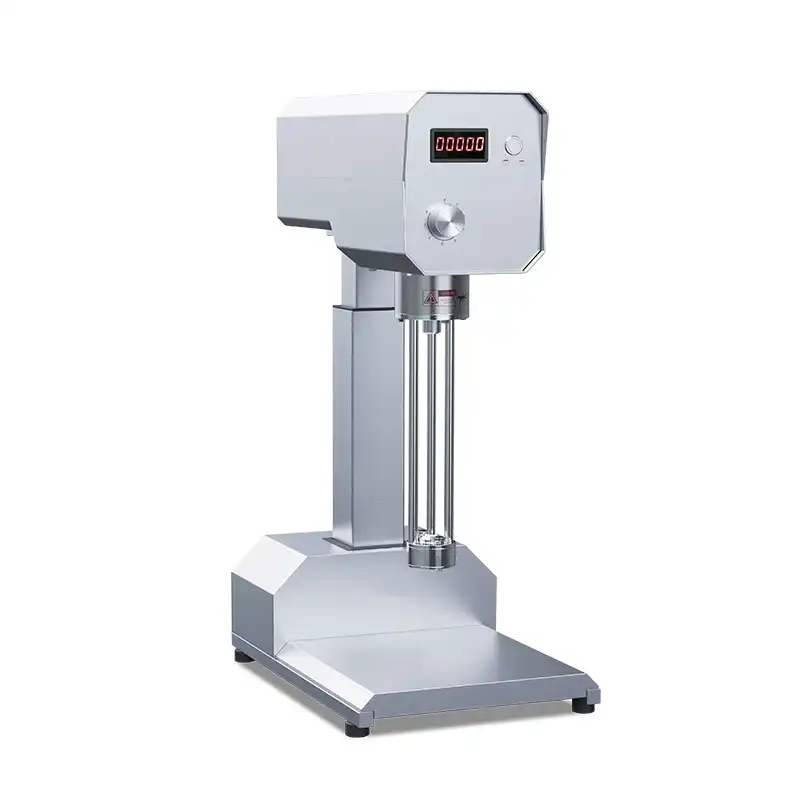
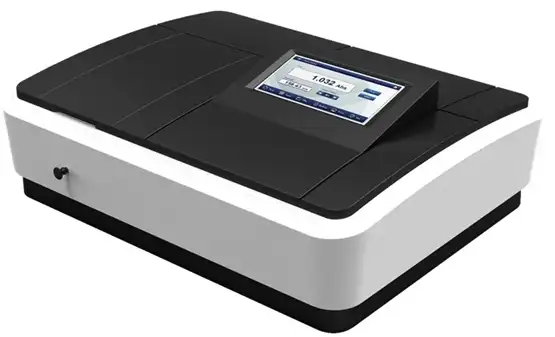
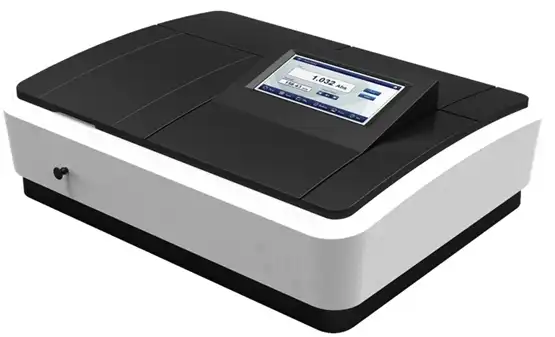
_1735469892197.webp)
